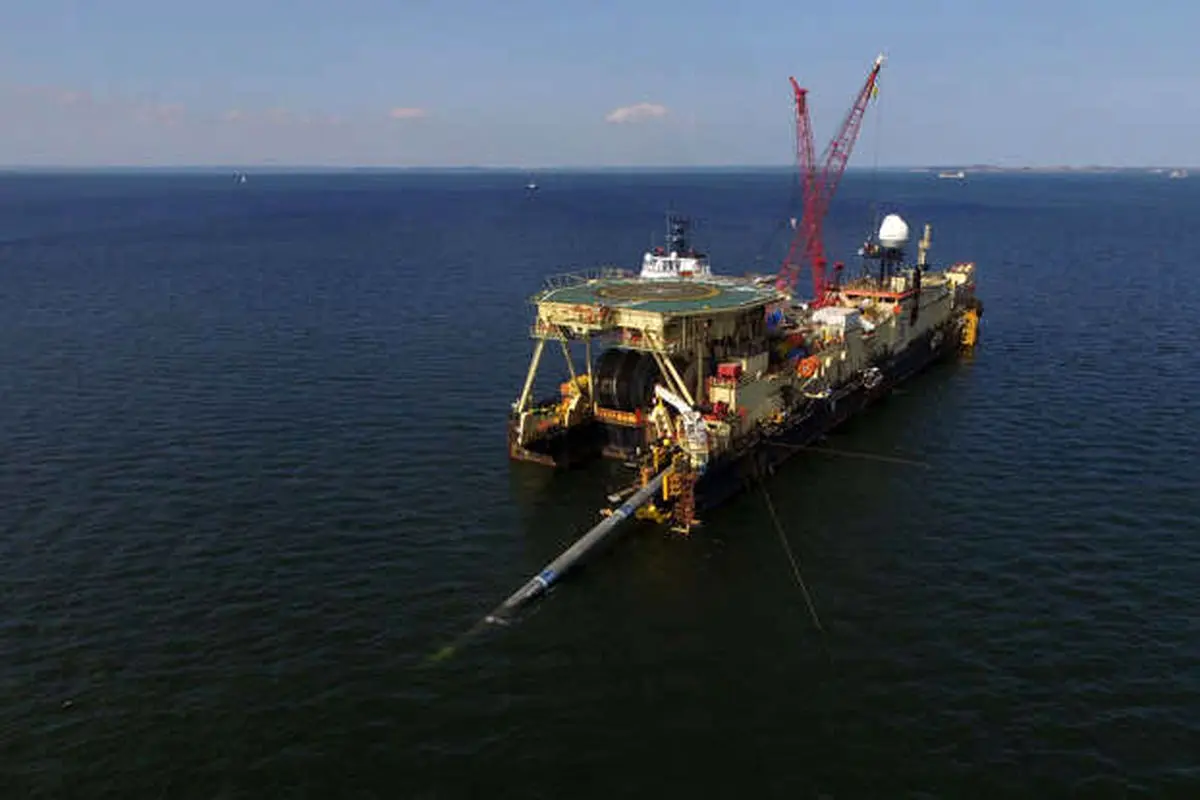Iran to invest $2.8b for oil, gas development studies

Four Iranian entities are going to sign memoranda of understanding worth 2.8 billion dollars for development studies of oil and gas fields.
The National Iranian Oil Company, Iranian petrochemical companies, the National Iranian Oil Industry Pension Fund, and the Parsian Sepehr Refining Company will ink four MoUs to allocate 2.8 billion dollars for development studies of oil and gas fields, collecting flare gases, and ethane extraction.
Given the fact that Iran is facing mounting annual consumption of gas and a lack of feed required for downstream industries, the administration of President Ebrahim Raisi has prepared the joint venture in cooperation with petrochemical companies and production and exploration companies.
To this end, a consortium of petrochemical companies will contribute to the development projects of five fields, a gas reservoir, and an oil field.
In line with implementing environmental policies, collecting flare gases and maximum extraction of products from enriched gases, procuring gas feed for downstream petrochemical industries, and increasing ethane extraction from 9 refineries of South Pars Gas Field are on the agenda of the National Iranian Oil Company.
The MoUs include a one between the National Iranian Oil Company and the Persian Gulf Petrochemical Industries for development studies of Maroon crude gas tank as well as collecting flare gases from Darkhovin and West Karun units; one between the National Iranian Oil Company and a consortium of Bakhtar Petrochemical and Petro Farhang and Pars Petro Zagros for development studies of Gordan, Khartang and Paazan gas fields; one between the National Iranian Oil Company, the National Iranian Oil Industry Pension Fund, and the Oil Industries Engineering and Construction (OIEC) for development studies of Qaleh Nar Gas Field and Azar Oil Field; and another between the National Iranian Oil Company and the Parsian Sepehr Refining Company for development studies of the increase of ethane extraction from nine refineries in the South Pars Gas Field.
If the studies end up in signing contracts and implementing projects, Iran’s production capacities will increase by 37,000 bpd, 54 million cubic meters, 50,000 bpd of crude oil, enriched gas, and gas condensates respectively; also, 105 million cubic feet of flare gases will be collected per day and ethane extraction will increase one million tons per annum.
The measures would thrive domestic production and create numerous job opportunities in Khuzestan, Bushehr, Fars, and Ilam provinces.
